Post by Laurel Yruretagoyena, UW Biology undergraduate
It is hard to put yourself in the shoes of someone whose job it is to relay information to the public in a way that is both understandable and captivating, but Linda Mapes does just that. As a reporter for the Seattle Times since 1997, she has long told science’s stories in a way people can appreciate and connect with. Lynda gave an inspirational talk for the Bevan Series titled, ‘Truth Telling in the Salish Sea,’ where she spoke of her personal interest in telling transformational stories for the voiceless natural world around her. She opened her talk by humbly thanking the scientists in the crowd. She thanked us for providing data, for informing a world yearning for knowledge, and for helping her do the difficult job of getting information to the public.
She recently wrote an article pointing out links between multiple stressors faced by the endangered southern resident killer whale (SRKW) population. The 76 individuals left in the three matrilines (J, K, and L pods) are in jeopardy due to reduced abundance of Chinook salmon, their main food source, as well as noise pollution in their critical habitat that is decreasing their ability to find food. Quite a bit of research has gone into identifying issues faced by this population, and Dr. Erin Ashe, Executive Director at Oceans Initiative notes that “we have the tools to map and protect feeding hotspots for southern resident killer whales. If we can’t reduce noise and disturbance everywhere, it makes sense to focus on the habitats whales use preferentially for hunting. Our research shows that the whales are more vulnerable to disturbance when they are feeding than when they are resting, or traveling from point A to point B.” Mapes’ article touches on these concerns for this cherished and iconic species of the Salish Sea, and describes recent work to alleviate some stressors, including attempts by the Port of Vancouver to reduce shipping-related noise pollution by having ships slow down as they arrive and exit the Port.
We have the tools to map and protect feeding hotspots for southern resident killer whales. If we can’t reduce noise and disturbance everywhere, it makes sense to focus on the habitats whales use preferentially for hunting. Our research shows that the whales are more vulnerable to disturbance when they are feeding than when they are resting, or traveling from point A to point B.
Dr. Erin Ashe, Executive Director, Oceans Initiative
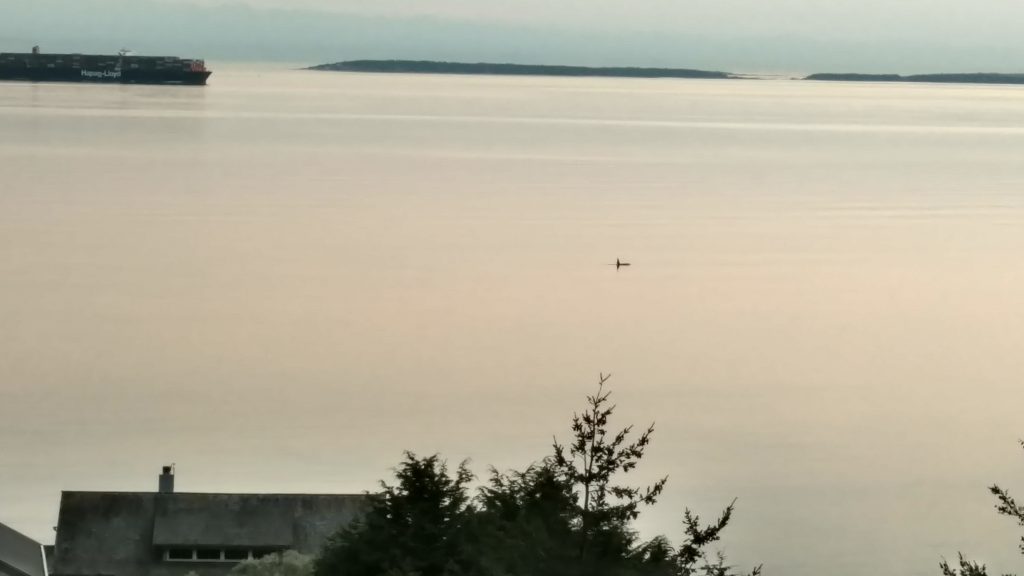 Southern Resident killer whale surfacing near a ship on the west-side of San Juan Island. September 14, 2017. Photo Credit: Laurel Yruretagoyena.
Southern Resident killer whale surfacing near a ship on the west-side of San Juan Island. September 14, 2017. Photo Credit: Laurel Yruretagoyena.
In Lynda’s article, she references the recent paper written by Dr. Robert Lacy and other scientists that evaluated anthropogenic threats to the SRKW population using a population viability analysis (PVA) model. In short, this model tested the sensitivity of the population to a variety of known stressors. They found that, to meet recovery objectives, it would take a combination of an increase in preferred prey (Chinook salmon) and a reduction in noise pollution for the population to grow by 2.3% (Lacy et al. 2017). “Ocean noise is a problem because Chinook salmon are scarce,” said co-author Dr. Rob Williams, Pew Fellow in Marine Conservation and co-founder of Oceans Initiative. “Ship noise makes it harder for the whales to find already scarce prey. We need to mitigate both threats to help the population recover.”
Ship noise makes it harder for the whales to find already scarce prey. We need to mitigate both threats to help the population recover.
Dr. Rob Williams, Pew Fellow in Marine Conservation , co-founder of Oceans Initiative
I was fortunate to work with Oceans Initiative on a project looking at the effects of the Port of Vancouver’s ship slow-down trial on the behavior of killer whales last summer. To perform our study, we set up theodolite tracking stations at two locations on the west side of San Juan Island. A theodolite is a survey instrument that uses vertical and horizontal angles to capture the location of objects such as ships and killer whales (see more details here). The theodolite is hooked up to a laptop using a program called Pythagoras to create a track of the ship or killer whale we are watching. You can also note behaviors at various points along the track, so essentially you end up with a track of the pod, a track of nearby ships, and a record of what the pod was doing at the time each position was recorded. Behaviors include deep rest, resting travel, moderate travel, fast travel, dispersed travel, milling, tactile interactions, or display. The team consists of one person using the theodolite, one person using the laptop, and others keeping track of the pod location and behavior. Although we are still analyzing the data, we hope that the results will answer our main question: What is the relationship between killer whale behavior and the reduction in underwater noise levels associated with decreased ship speed?
So what is it like to do this work? In an effort to tell you an authentic story of “a day in the life,” I will honestly say that much of our time was spent in front of laptops uploading theodolite data or anxiously waiting next to the VHF radio and checking local whale-watching sites to see if killer whales were around. But when killer whales did show up, we hit the ground running. You develop a very efficient way of setting up and leveling the theodolite, getting the computer ready, applying sunscreen, and shoving snacks in your mouth all while looking through a pair of binoculars. Nonetheless, studying marine mammals is my dream job and I am excited to share my favorite day from this study.
It was Monday, September 4, 2017, around 18:00, when we spotted a superpod of individuals from J, K, and L matrilines. It was the ultimate surprise as the SRKW’s had been on an abnormally long hiatus away from San Juan Island. I remember it being a quiet evening as we watched them foraging and giving quite the display of surface-active behaviors. I was even lucky enough to watch through the theodolite as an individual enjoyed a Chinook salmon. The water was glassy at slack tide and each exhalation was audible as they surfaced. There were a few ships that passed by, but the Center for Whale Research boat was the only boat present at the time and they were sharing surface vocals over the VHF radio. It’s hard to put into words the beauty of that evening, but as the sun set and we watched them swim off, I felt very lucky to be even a small part of helping this iconic and beloved population. Let’s hope we can help them find a great deal of fish in quiet waters soon.
It’s hard to put into words the beauty of that evening, but as the sun set and we watched them swim off, I felt very lucky to be even a small part of helping this iconic and beloved population.
Laurel Yruretagoyena, University of Washington Biology undergraduate student
References
Lacy, R. C., R. Williams, E. Ashe, K. C. B. Iii, L. J. N. Brent, C. W. Clark, D. P. Croft, D. A. Giles, M. Macduffee, and P. C. Paquet. 2017.Evaluating anthropogenic threats to endangered killer whales to inform effective recovery plans. Scientific Reports 7.
Mapes, L. V. 2017, October 27. Orcas headed to extinction unless we get them more chinook and quieter waters, report says. Seattle Times.

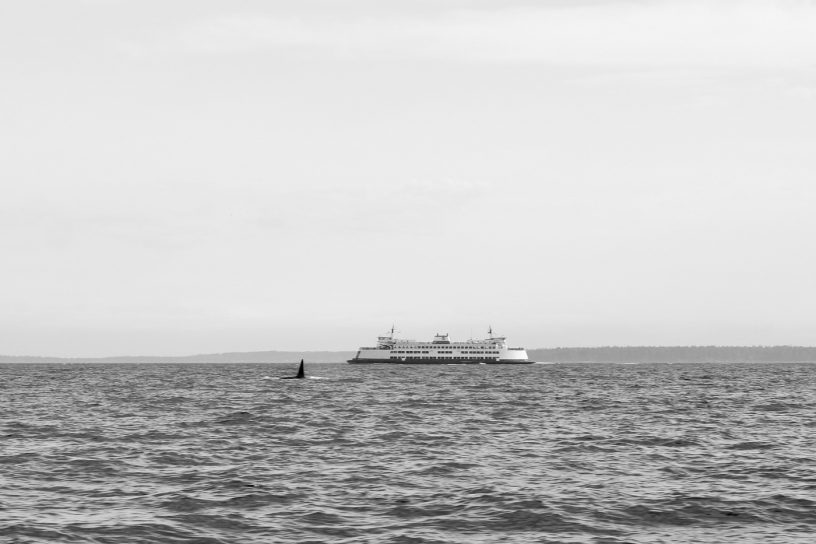
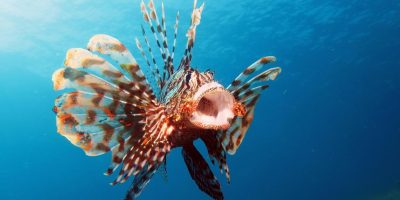

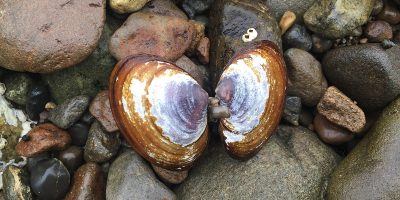
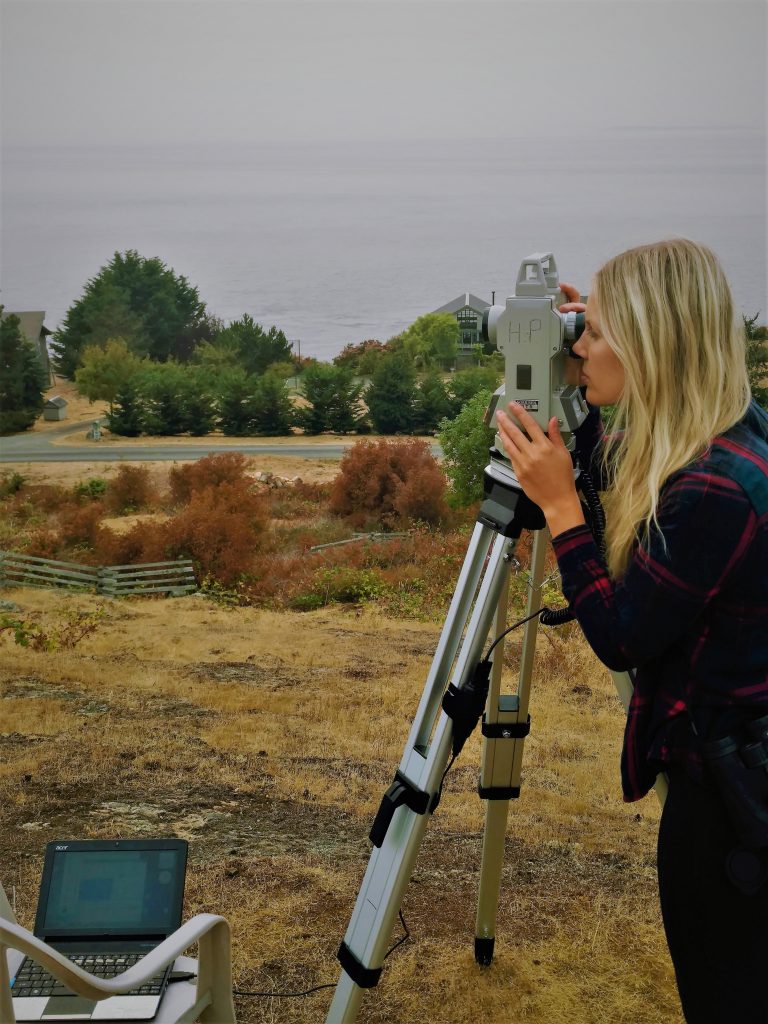

Leave a Reply